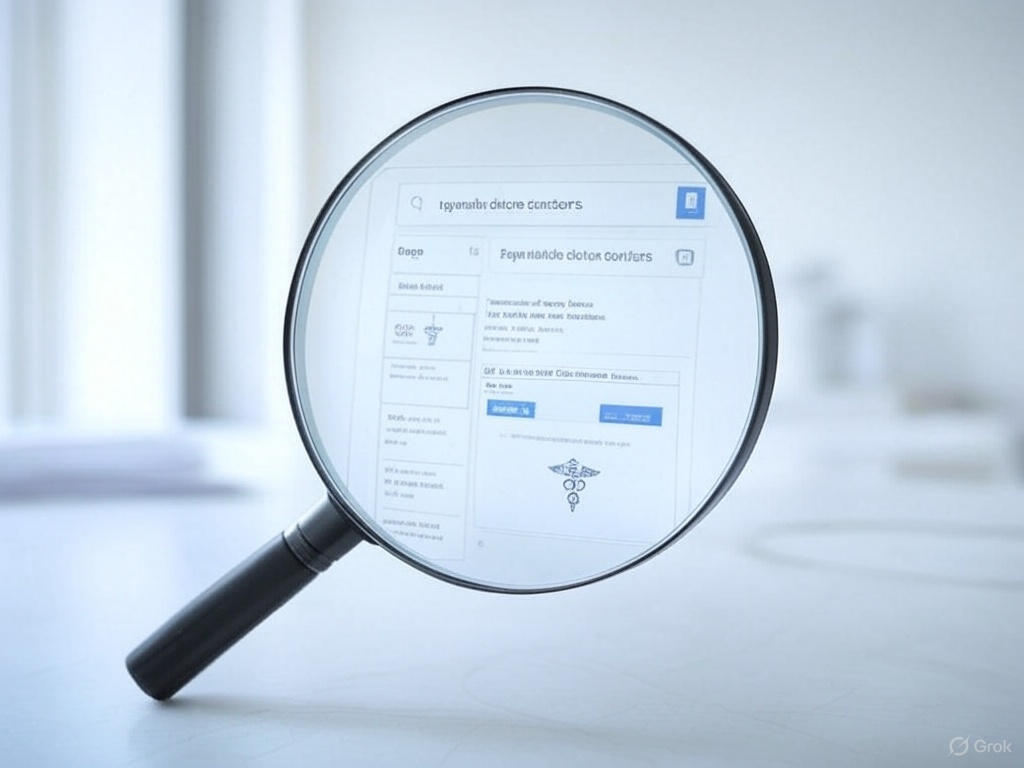Successful Intervention
For people battling destructive behavior, mental problems, or addiction, a successful intervention can be life-changing. Though emotionally charged, sound planning is necessary to guarantee the intervention’s success and help the person get the required help. This guide takes you through the stages of preparing for a suitable interventionist.
1. Know the Objective of the Intervention
Knowing the goal of an intervention is fundamental before you start to plan. Carefully organized, strategic discussions are meant to help individuals seek professional assistance for their harmful actions. An intervention lets one close one’s voice worry. The aim is to give assistance, stimulate transformation, and provide medication choices—not to embarrass or criticize.
2. Build a team of support staff
Compile a team of people who honestly care about the person and want to help them to succeed. Close family, friends, or coworkers can be among these. The person should surround herself with individuals she trusts and admires. Ensure that everyone involved is willing to be calm, steady, and nonjudgmental and knows their responsibilities.
3. Provide a road map of the conversation.
Every participant in the intervention group has to have their message ready. Communication needs to be sincere, transparent, and non defensive. Highlight how the individual’s conduct has affected others and somewhat question their wellness. Having a remedy or treatment plan at one’s disposal is also key. Whether it is an inpatient clinic, outpatient counseling, or a support group, ensure the person has fast help available once the intervention occurs.

4. Select the Ideal Time and Location
The success of the intervention depends on its timing and location. Pick a place where the person feels safe and relaxed but equally quiet and free of disturbances. Steer clear of confrontations in public places or during very emotional times. Choose a time when the person is clearheaded and can engage in conversation without drug or alcohol influence.
5. Rehearse the intervention
Practice makes perfect, particularly when emotions are concerned. Beforehand, run over the intervention with your crew. This helps everyone be surer and guarantees the chat remains on track. It also gives a chance to tackle any possible problems or objections that could present themselves throughout the intervention.
6. Be calm and steady
Everyone must remain calm and composed even if the person responds negatively throughout the intervention. Be ready for defensiveness, anger, or rejection. Be kind but resolute if the person turns to help down. First comes the intervention; occasionally, it may take several tries for them to be receptive to seeking treatment.
7. Post intervention, have a strategy
Once the intervention ends, be ready to help the person walk through the following stages. If they consent to get help, make sure they are promptly linked to the therapy treatments mentioned. A Family Interventionist can provide essential guidance during this process. Reassure them that should they resist, the door is always open for them to seek help later on. Keep showing love, kindness, and great patience.

Conclusion
Getting ready for a Successful Intervention demands empathy, encouragement, and thorough consideration. Adherence to these steps will raise the odds of your loved one beginning the first steps toward restoration and recovery. Recall that the objective is to offer a course toward long-lasting transformation rather than merely to act.
Visit our Pinterest profile for more details and information
FAQs
How would one know if an invention is required?
An intervention might be required if someone’s conduct damages their relationships or life and they rejects seeking help. Symptoms are solitude, reckless actions, or failing health.
Guides on who ought to participate in the intervention?
Close family members, friends, or loved ones concerned for the individual should participate in the intervention. It is also wise to have a specialist, such as an interventionist or therapist, help with the process.
Before the turnabout, what should I do?
Plan meticulously. Collate data on the person’s behaviors and results, then draft your statements. Investigate different therapies and be prepared to provide them.
What kind of dialogue should I organize?
Remain compassionate, attentive, and calm. Everyone should use statements to sidestep accusatory tones. Specifically, it encourages treatment and describes the consequences of the individual’s behavior.
What happens if the person refuses to seek help?
Love is gentle if the individual turns help down. Establish limits and inform them of the results of their rejection. Reassure them that you will help them once they are willing to change.
What will guarantee the success of the intervention?
One needs to be ready. Stay constant in your approach, compose with the group, and keep calm throughout the project. Concentrate on providing solutions and help rather than criticism, and prepare for a broad spectrum of reactions from the person.






